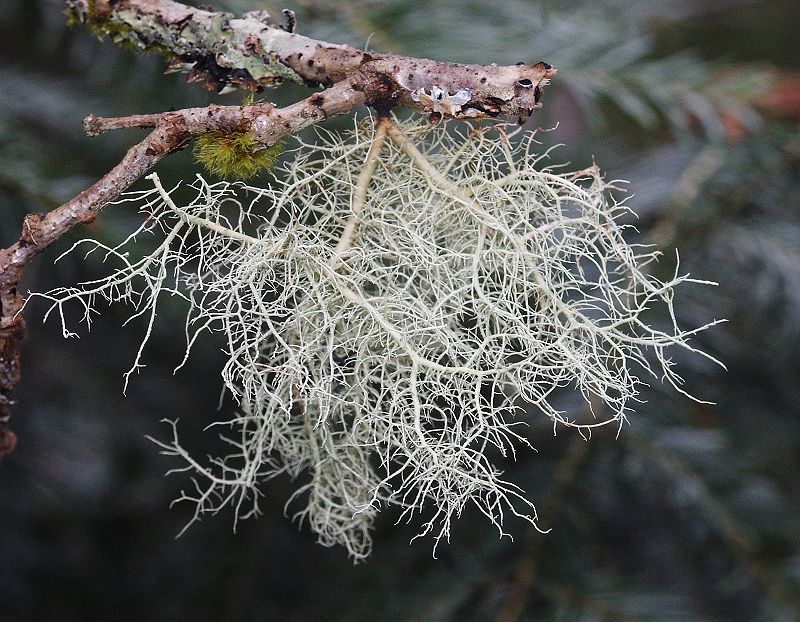1. A blue-green algae which are 2.9 billion years old is the oldest fossil record from India. It is
A) Rivularia B) Chlamydomonas C)Archaeosperoides D)Oscillatoria
2.Write the name of a famous Phycologist.
A) M O P Iyengar B) Birbal Sahni C) Kashyap D)Strasburger
3. Usnea belongs to

A)foliose lichen B) fruticose lichen C) crustose lichen D) Leprose lichen
4.Vegetative reproduction in lichens takes
place by
A) soredia B) Isidia C) fragmentation D) all the above
5. What is meant by lichenometry?
A) Study regarding the age of lichens.
B)
Study of the age of exposed rock surfaces based on the size of lichen thalli.
C) Study regarding the calculation of the period in which lichens evolved.
D) Study regarding the succession of various
forms of lichens
6. The pH indicator in the litmus test is a
dye extracted from the lichen.
A) Umbilicaria esculenta
B) Parmelia saxatilis
C) Roccella tinctoria
D) Xanthoria parietina
7. What are arbuscules?
A) The spore producing structures
B) Site of nutrient exchange between the fungus and the host
C) Propagating structures
D) Structures formed for defensive purpose
8. Pichia
kudriavzevii is the teleomorph of the Candida Krusei, which of the following
statements are true?
I.
Pichia Kudriavzevii and Candida Krusei are same organism and teleomorph is the
sexual stage of an organism
II.
Pichia Kudriavzevii and Candida Krusei are different organisms, teleomorph is
different organism showing the same morphology
III.
Pichia Kudriavzevii and Candida Krusei are related organisms, teleomorph is
different organism showing the same physiology
A)III
B)II
C)I
D)None of these
9. Macdonald Pfitzer law is related
with:
A) Reproduction in Bacillariophyta B) Algal bloom
C) Flagellar
movement D) Algal reserve food formation
10. The most primitive algal group is
A) Green algae B) Brown algae C) Red algae D) Blue-green algae
11. Planktons smaller than 20µm but larger than 2µm are called
A)
Nanoplanktons
B) Picoplanktons
D) Macroplankton
A)
Discolichens
B) Ascolichens
C)
Basidiolichens
Learn more:
9. A) Reproduction in Bacillariophyta
10. D) Blue-green algae
11. A) Nanoplanktons
12. B) Ascolichens
